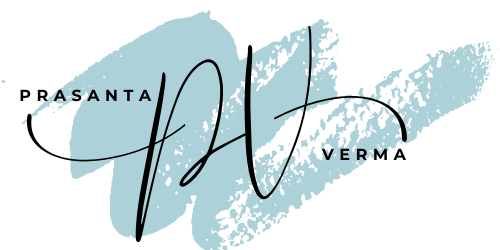We looked at a couple of different learning styles over the past two blog posts, first the basic three, and then those covered in Tobias’ book “The Way They Learn”. Today, we will turn our attention to personality tests, and how they can help us in communication.
Each one of us is created uniquely, with a different personality and that is a beautiful thing. While we are all so different, there are many ways in which we are alike. Personality assessments help us to learn characteristics about ourselves and others, ways in which we are similar, and ways in which we are different. For example, some of us are more introverted, and some of us are more extroverted. Understanding the unique characteristics of one another can help us in communicating with one another, whether in the workplace, or among friends and family. These assessments help us identify strengths, weaknesses, abilities, and our natural tendencies.
One of the more well-known of these types of assessments is called the Meyers Briggs personality test (called the MBTI- Meyers Briggs Type Indicator Test). The test categorizes each respondent into one of 16 personality types. The 16 types are composed of 4 basic characteristics:
- Do you prefer to focus on the outer world or on your own inner world? This is either Introversion (I) or Extraversion (E).
- Do you prefer to focus on the basic information you take in or do you prefer to interpret and add meaning? This is called Sensing (S) or Intuition (N).
- When making decisions, do you prefer to first look at logic and consistency or first look at the people and special circumstances? This is called Thinking (T) or Feeling (F).
- In dealing with the outside world, do you prefer to get things decided or do you prefer to stay open to new information and options? This is called Judging (J) or Perceiving (P).
After analyzing a series of detailed questions, the respondent is given a result based on the answers. There are 16 possibilities: ISTJ, ISFJ, INFJ, INTJ, ISTP, ISFP, INFP, INTP, ESTP, ESFP, ENFP, ENTP, ESTJ, ESFJ, ENFJ, ENTJ. (source: www. meyersbriggs.org)
There are numerous websites that offer a quick questionnaire and explanations to help you determine what your personality type is, although the more accurate picture is to take the actual test itself. I took the test when I was in graduate school, and I have taken online assessments in the past few years, and in my case, the results were the same.
Another personality test is called the DISC profile. This test measures four different characteristics: dominance, influence, steadiness, and conscientiousness. This assessment is also used in the workplace to help employees identify their particular strengths, what motivates them, and to aid in communication. I have not personally taken the DISC profile, but here is a diagram which explains some basic results about the DISC assessment:

(image source: https://www.google.com/search?q=DISC+analysis&tbm=isch&tbo=u&source=univ&sa=X&ved=0ahUKEwiHtbWNyYHQAhWP2YMKHRbPD6YQsAQIhAE&biw=1366&bih=589)
Yet another personality test that I have heard about recently is called the “Enneagram”. The word comes from the Greek words “nine” and “written”. This is a model of human personality which is taught as nine interconnected personality types. This particular personality type has been promoted in the business place as well as in spiritual contexts; in fact, Christianity Today just published an article on October 21 titled “An Evangelical’s Guide to the Enneagram.” The Enneagram figure looks like this:

(image source: https://en.wikipedia.org/wiki/Enneagram_of_Personality)
Each number corresponds to a particular characteristic role.These nine roles are:
1- Reformer
2- Helper
3- Achiever
4- Individualist
5- Investigator
6- Loyalist
7- Enthusiast
8- Challenger
9- Peacemaker
Along with that dominant role, other corresponding characteristics are identified, such as: basic fear, basic desire, temptation, vice, virtue, a “holy idea”, etc. The connecting lines indicate which direction a particular trait may go when stressed, and when feeling secure. For example, someone classified as type 1 may feel and act like a type 4 when stressed, or like a type 7 when relaxed.
I know the least about the latter two personality types, but the Enneagram seems to be a more recent one. I also cannot comment on how accurate any of these truly are, and which are more accurate than others, but in my experience, the Meyers Briggs has been a fairly decent indicator. I think the others mentioned (and perhaps there are more out there) can also provide helpful information.
We are complex beings, so we cannot simply just put all of our personality into a single box; we do overlap and possess bits and pieces of other parts. Yet, knowing personality types and tendencies is a helpful tool for the effective communicator!
Question for you: Have you taken any of these tests? What personality type are you?


*
*
*
*
